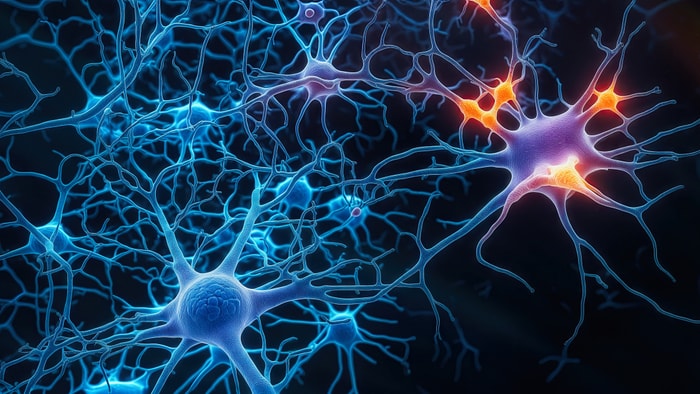2 février 2024
Identifying Genomics Markers to Predict Radiation Sensitivity
As the effectiveness of radiotherapy varies greatly between tumours, finding gene signatures to predict the radiation response could better guide the clinicians to personalize treatment plans. Professor Venkata Manem, affiliated with the Faculty of Medicine at Université Laval and the Centre de recherche CHU de Québec - Université Laval, has made a promising step to advance preclinical research in the field of precision radiation oncology.

— Getty Images
Currently, doctors use a “one-size-fits-all” paradigm for radiotherapy, with a given dose and frequency of treatment, regardless of the tumour’s genomic features.
“Some cancers will be more sensitive or more resistant to different types of radiation regimen. By identifying patients who can benefit from lower doses, we could reduce the treatment’s toxicity. While at the same time, we could adjust the dose for more resistant tumours, or combine it with other therapies,” explains Venkata Manem, formerly an assistant professor at the Université du Québec à Trois-Rivières.
For now, the developed radiosensitivity markers can be applied across all cancers in general, but the team is hoping to build biomarkers that are tissue specific. “With the availability of tissue-specific data, we could eventually have signatures for different types of cancers such as breast, prostate and lung cancers,” enthuses Professor Venkata Manem.
“All tumours are different, even if they are classified in the same group, at the same stage, and with the same anatomical features. They differ in multiple aspects, such as mutations present, microenvironment, and immune components. All these factors can affect the radiation response,” adds Alona Kolnohuz, first author of the study.
Using cell line data coupled with bioinformatics and machine learning-based approaches, the research team has built a molecular predictor of radiation response that could be tested in a preclinical setting, before being implemented in clinical studies.
“Most studies in the field use the number of cells that survive at a given radiation dose, say at 2Gy of radiation dose, which is equivalent to looking at a single point to conclude. Our approach uses the area under the radiation dose-response curve (AUC) instead. Based on our findings, we concluded that AUC should be considered as a preclinical radioresponse indicator in future studies as it captures a wider range of biological processes,” explains Professor Manem.
The next stage of his research involves validating the developed molecular signature in patient data and building a clinical assay using interpretable machine learning based methods along with identifying radiosensitizing compounds that can increase the therapeutic efficacy of radiation.
“With the emerging OMICS and AI-driven technologies, time is now ripe for precision medicine to take a big leap away from the conventional ‘one-size-fits-all’ framework,” says Venkata Manem. We envision that the developed gene signature of radiation sensitivity has the enormous potential to aid decision-making, personalize treatments, and improve outcomes.
The study was published in the scientific journal BMC Cancer. The signatories are Alona Kolnohuz, Leyla Ebrahimpour, Sevinj Yolchuyeva, and Venkata Manem.
















